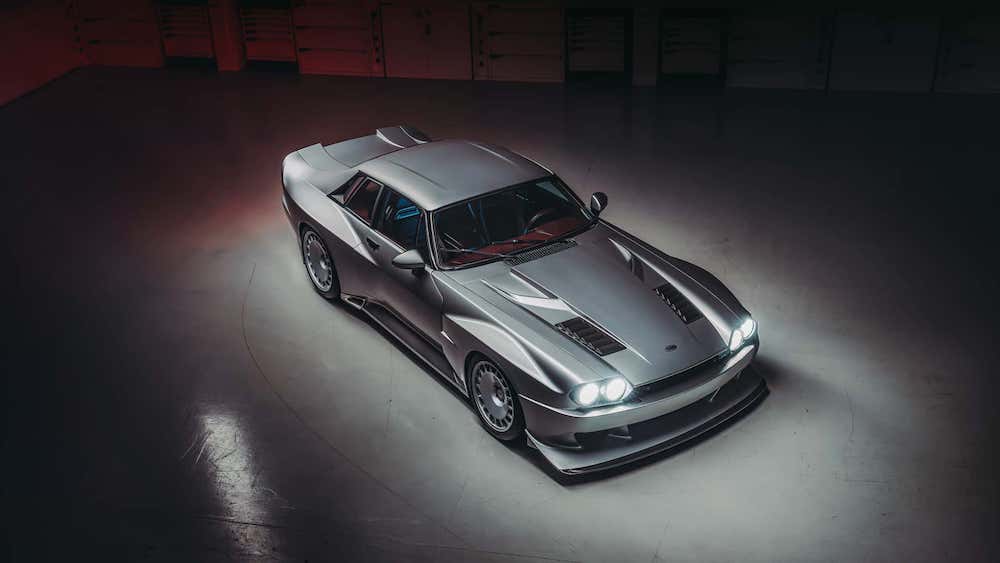The Supercat features a carbon fiber body designed by Khyzyl Saleem that's 10% lighter than the original XJS. TWR added boxy wheel arches, aggressive aerodynamics, and a side-exit exhaust to give the car a more muscular look. The restomod sits on larger wheels - 18 inches in front and 19 inches in the rear, compared to the original's 15-inch wheels.
Under the hood, TWR swapped out the original 6.3-liter V12 for a bored-out 6.5-liter supercharged V12. The new engine produces 660 horsepower and 538 lb-ft (730 Nm) of torque - a massive increase from the original's 281 hp and 318 lb-ft (431 Nm). A six-speed manual transmission with launch control replaces the old three-speed automatic.
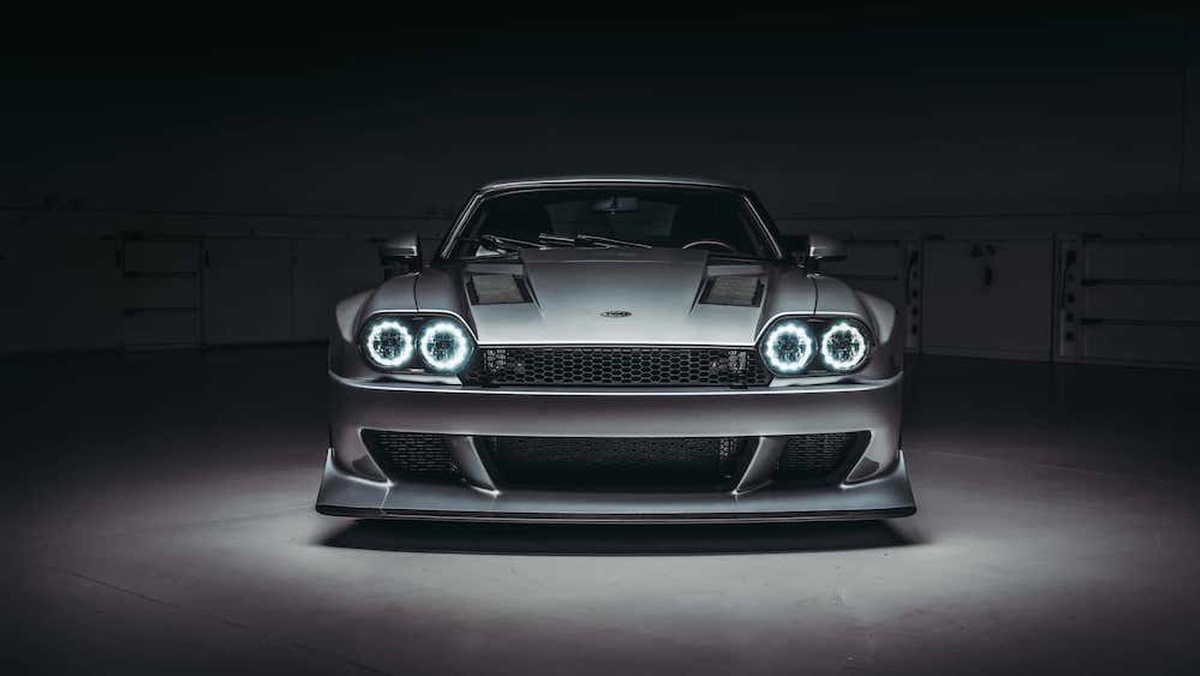

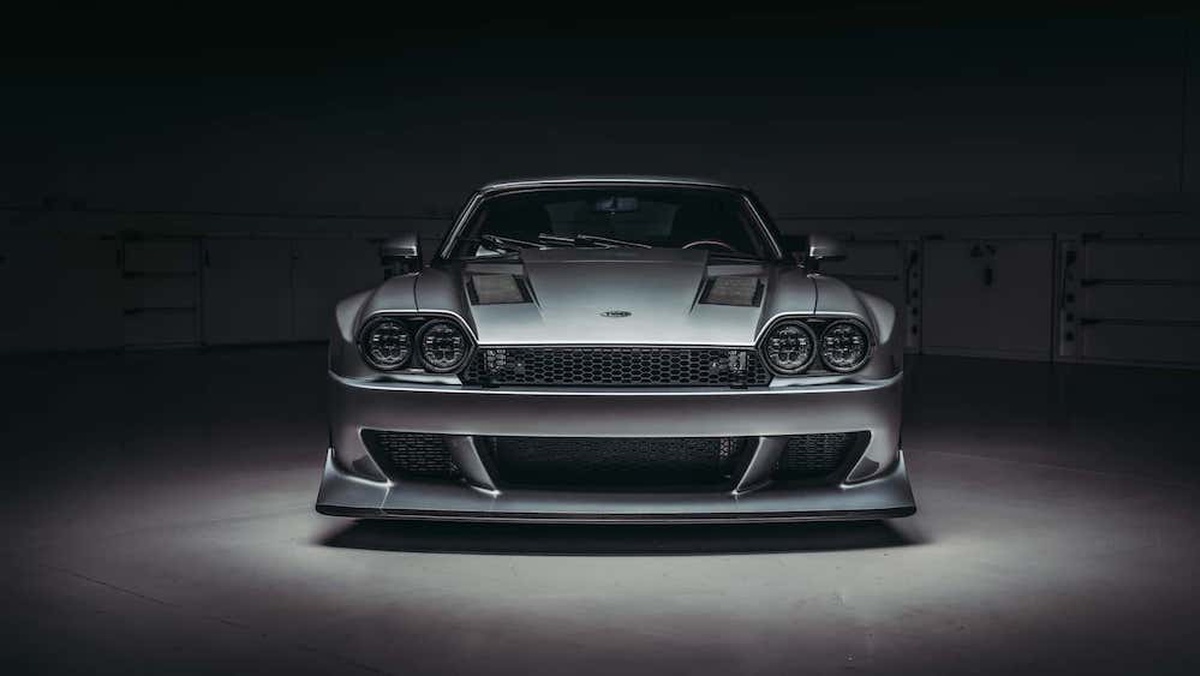
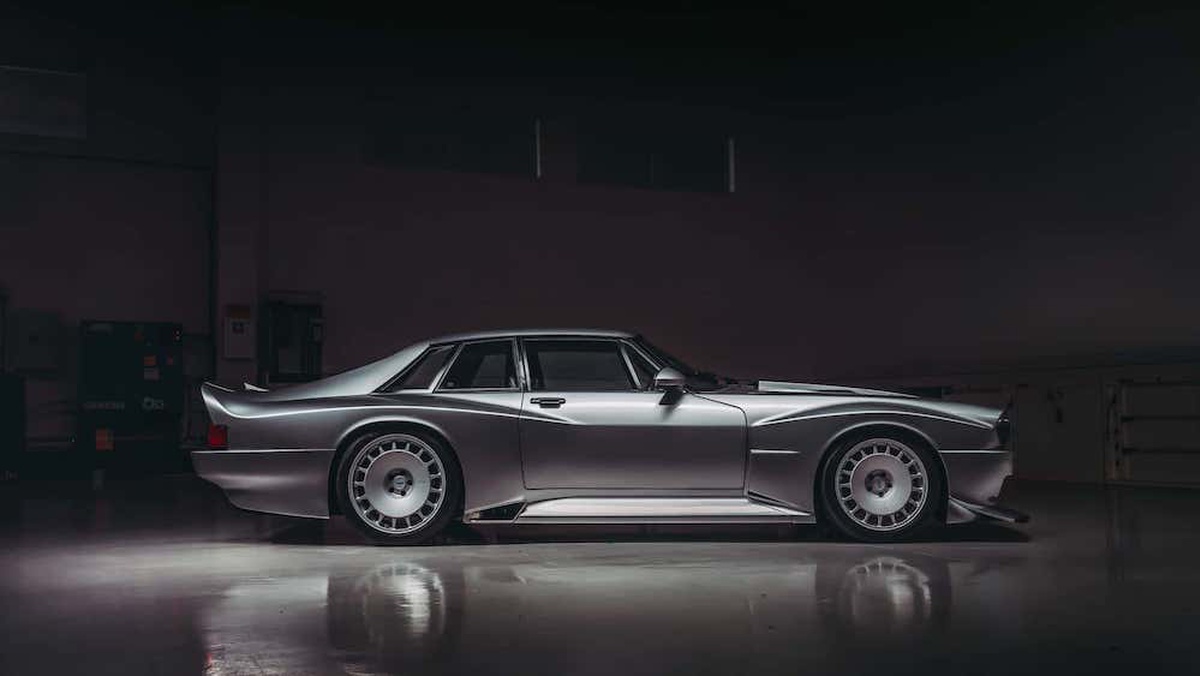
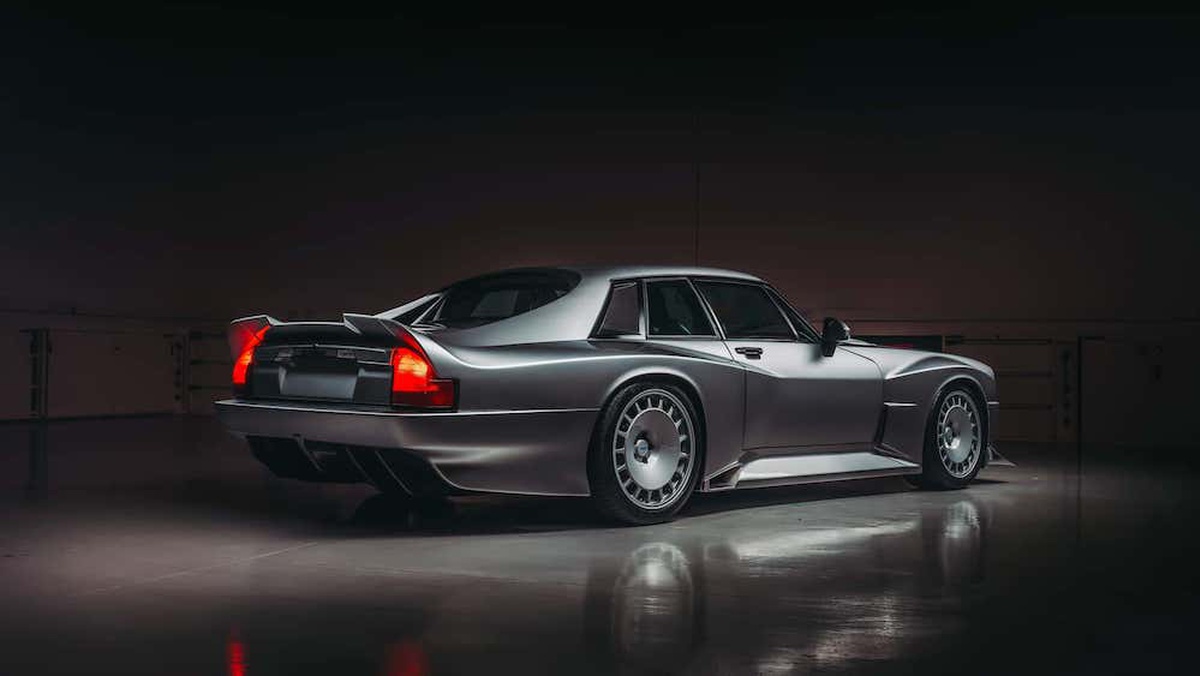

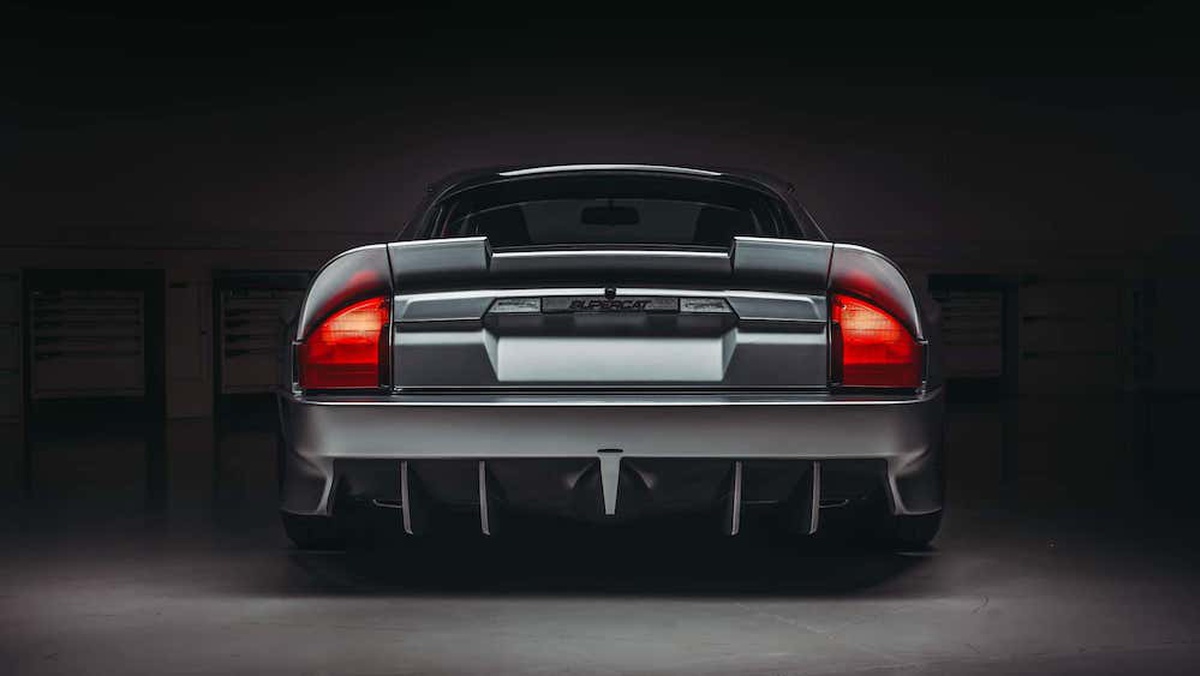
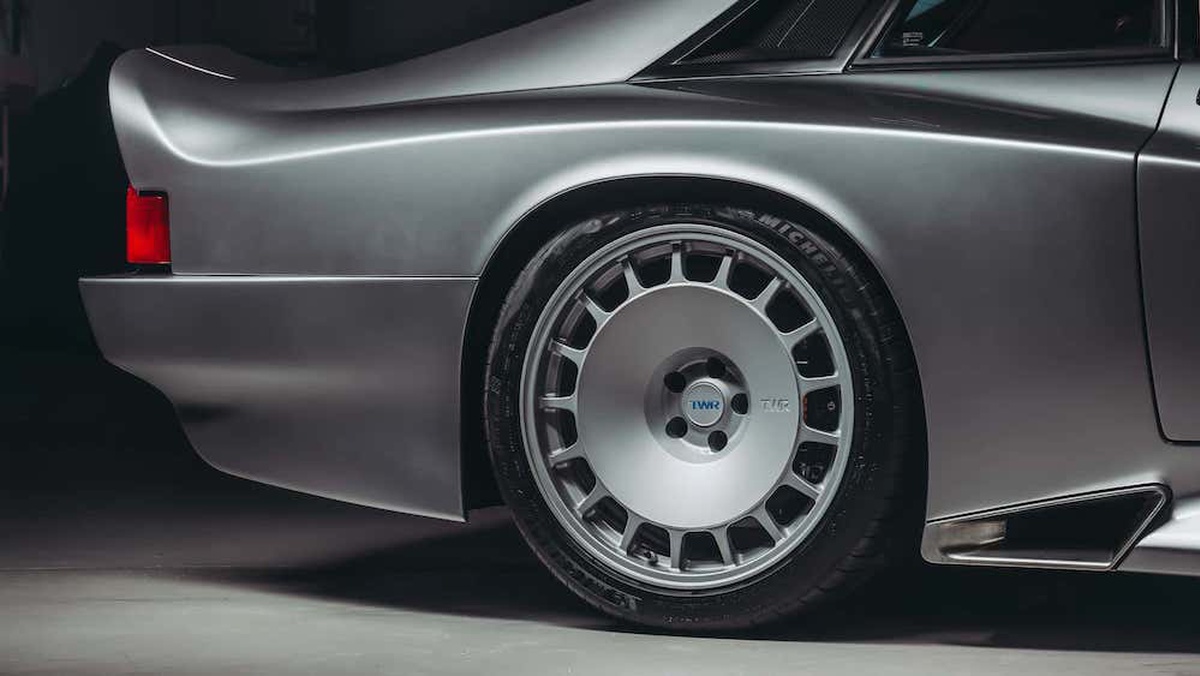
TWR Supercat
TWR made major upgrades to the chassis as well. The company reinforced it with carbon fiber and added a custom high-strength steel subframe. The suspension now uses double wishbones with active, adjustable dampers. A limited-slip differential and traction control system help put the power down through five selectable driving modes.
Inside, TWR converted the 2+2 layout to a two-seater configuration. The interior gets modern touches like a digital instrument cluster, center infotainment display with smartphone connectivity, and carbon fiber-backed leather seats. Electric seats and a larger cargo area add some practicality.
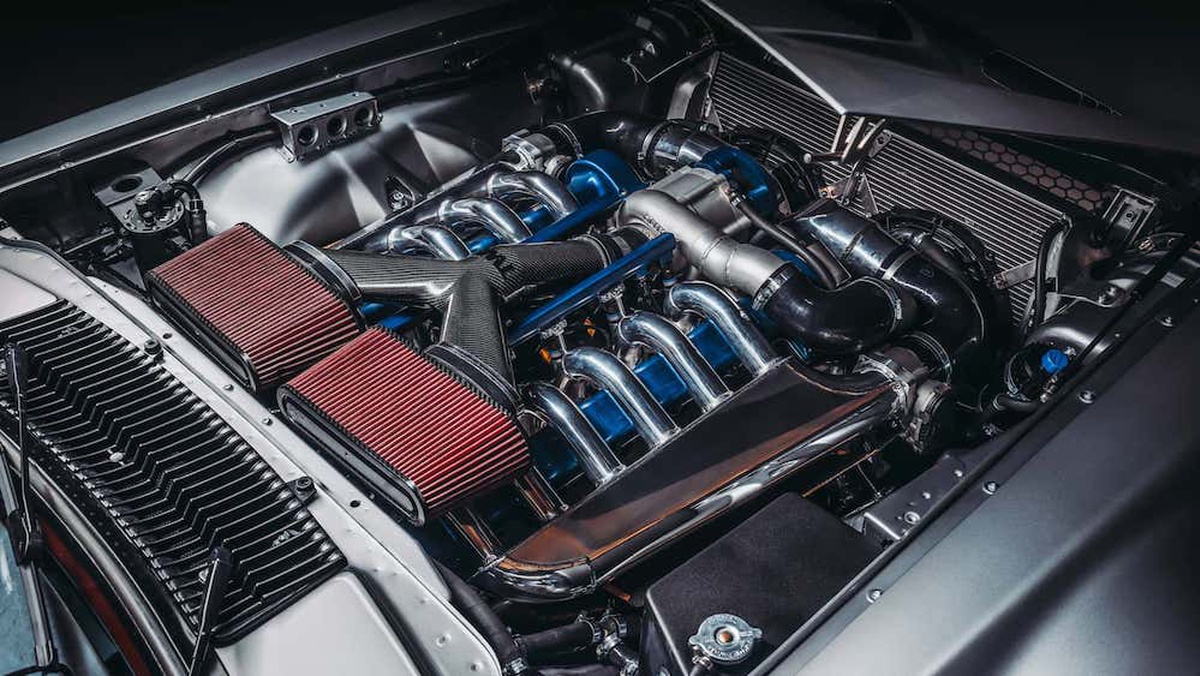
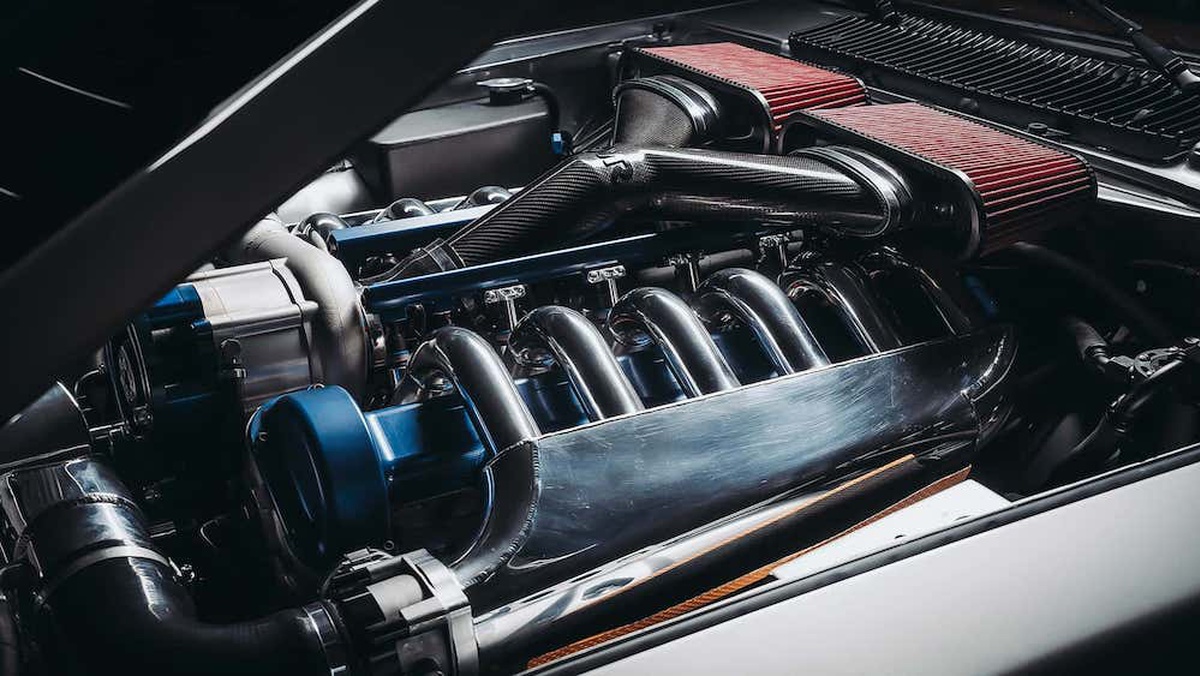

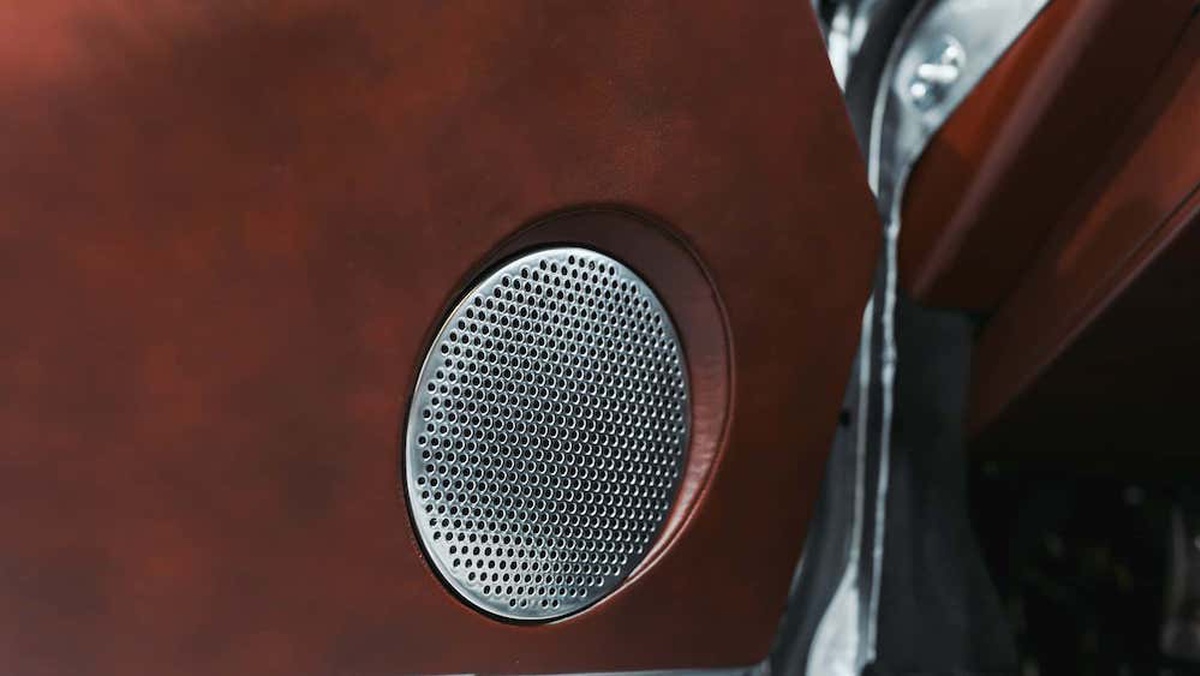
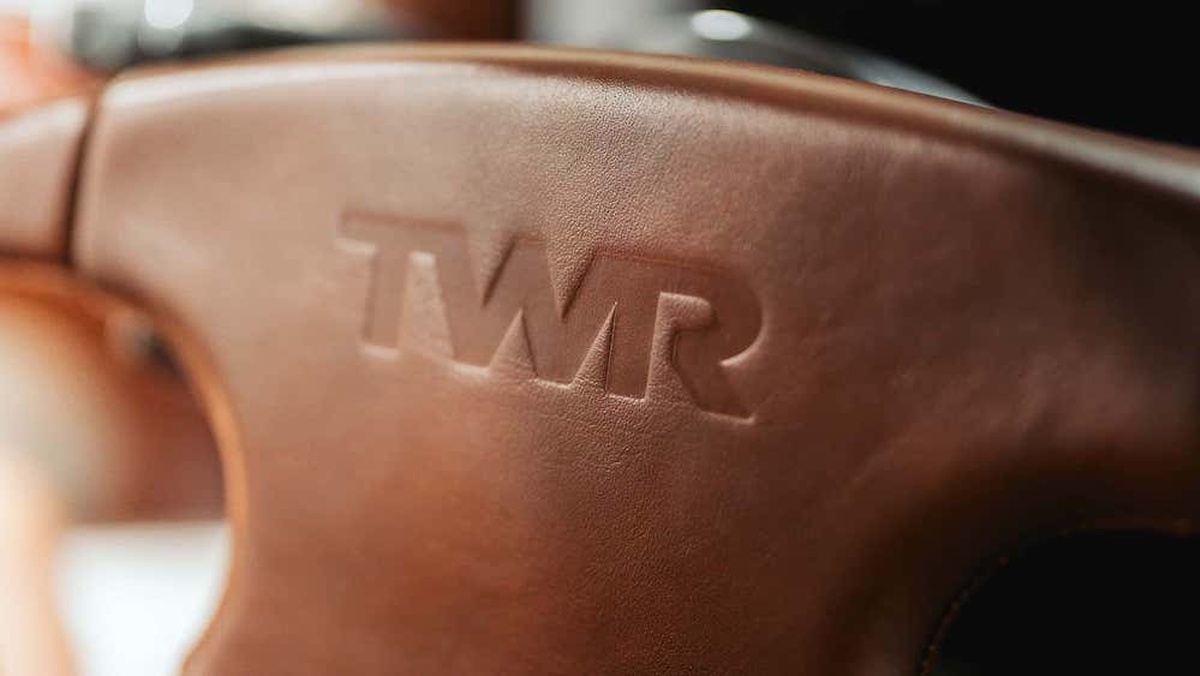
TWR Supercat interior
We wanted to create something truly special that pays homage to the original XJS while bringing it firmly into the 21st century,
said a TWR spokesperson.
The Supercat delivers mind-blowing performance wrapped in a stunning package that turns heads everywhere it goes.
TWR plans to convert 88 XJS cars to Supercat spec, commemorating Tom Walkinshaw's XJR-9 victory at Le Mans in 1988. The company will offer both left- and right-hand drive versions for markets in the US, UK, Europe, Asia and Middle East.
Pricing for the Supercat starts at £225,000 ($285,000) before taxes in the UK. TWR requires a £35,000 ($44,000) deposit to secure an order.
